Spectrum Multiplier software from Cohere Technologies uses Delay-Doppler effects to predict how a wireless channel will change in real time, letting base stations and the telco cloud control MU-MIMO beams.
Wireless connectivity takes an enormous amount of computing power. Computing occurs from the radio’s physical layer to coding through to the fronthaul, mid-haul, and backhaul and to the network core. Anywhere that computing resources can be reduced is welcome because that reduces latency, energy consumption, and cost. Cohere Technologies has developed software that reduces the need to calculate a channel’s characteristics every millisecond.
Cohere’s software uses the effects of Delay Doppler to predict a mobile user’s future location, which helps a base station’s antenna signal beams keep up with a user. “Mobile devices receive signals directly from a base station and from reflected signals,” said Dolan. “The problem is that a base station must update itself every millisecond to keep up not only as users move because of a changing wireless channel.” Channel characteristics can change even when a user is stationary, say when a bus passes nearby to the user.
“Updating a user’s position every millisecond using time and frequency takes lots of computing power, which consumes a lot of energy.” Using Delay Doppler, the software, running in the cloud, can predict changes in a channel, from which the base station can steer the beam. If this case, “future” means milliseconds. “Once you solve the position problem with Delay Doppler,” said Dolan, “the future of the channel becomes predictable.”
Dolan also noted that the technique is independent of carrier frequency. That is, you can use the uplink information to predict where the downlink beam should go next because Delay Doppler relies on phase shift to map a channel’s characteristics as opposed to measuring time and frequency, which base stations do now.
Cohere’s use of Delay Doppler computations, according to Dolan, are far less mathematically intensive that current techniques. It uses information gathered from 15 reflections to characterize the channel (Figure 1).
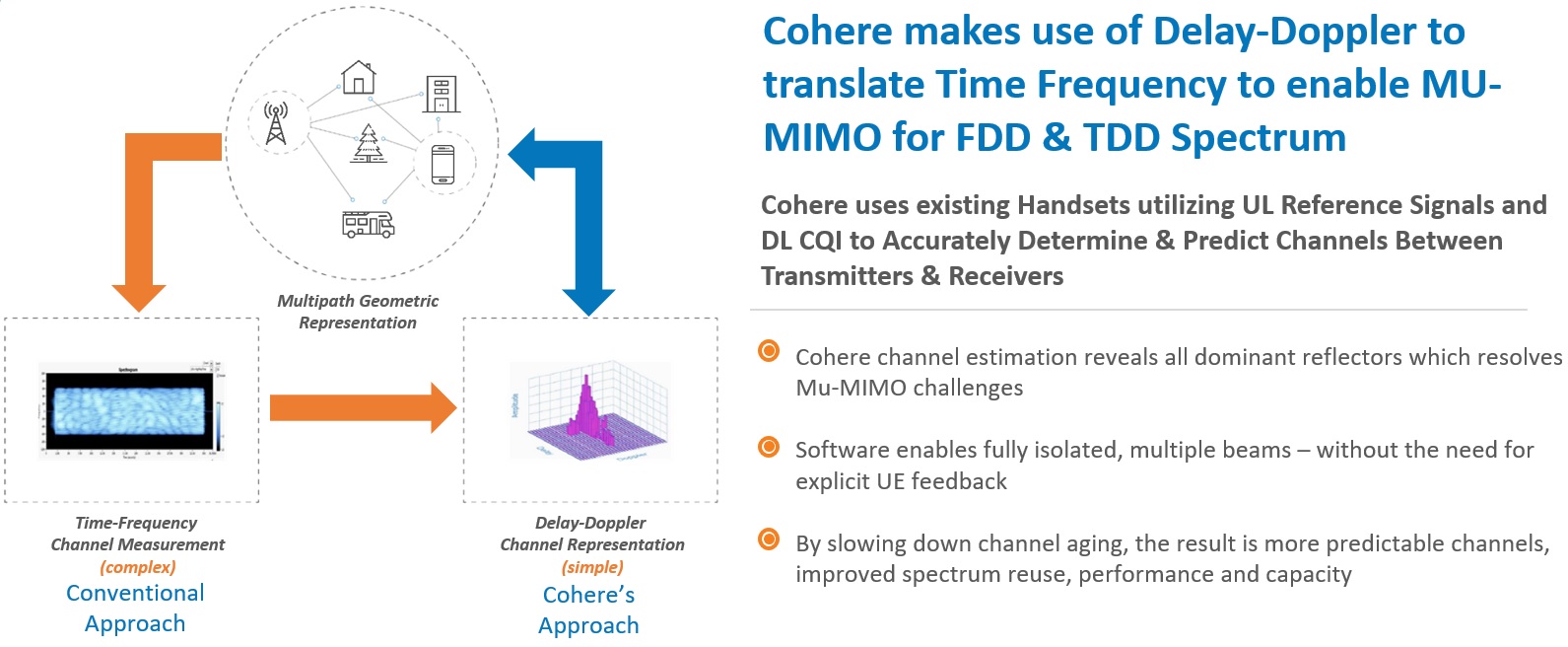
Figure 1. Cohere’s Spectrum Multiplier software uses Delay Doppler to predict changes in a wireless channel as users move.
The technique is analogous to the way MPEG algorithms compress video data frame by frame. By capturing a series of frames, the algorithm looks for similarities and updates only those pixel blocks that change from frame x to frame x+1. That way, only the changes appear to the viewer. While an action scene, say from a sporting event, changes more rapidly than a mostly static scene, the algorithm can keep up with the viewer’s perception. Choere’s software works in a similar way. Even a 50-ms roundtrip delay in moving the beam is fast enough to keep up with changes in the transmission channel. The software must perform a complete update on the channel, but not every millisecond just as an MPEG encoder must perform a complete image capture, but not for each and every frame.
Cohere’s software is agnostic to the user and to the base station hardware. The software can run x86 processors platform, with others to come. It’s compatible with Open RAN architecture and can can be integrated within the Radio Access Network (RAN) Distributed Unit (DU), the Central Unit (CU) or as an xApp in the RAN Intelligent Controller (RIC) within a telco cloud or O-RAN. The software consists of a computational software engine and a scheduler. The scheduler is needed to direct the base station as to which beam to steer and when. Figure 2 shows Cohere’s computational engine and scheduler running on the CU with the front end running on the DU. Why split them? Well, the DU is closer to the user and thus experiences less latency that it would if running on the CU, though it can. Dolan expects most DUs to be located at the base of a tower for lowest latency, so it makes sense to run the front end there. The software is the first third-party “app” that we know of running on the open RAN architecture. The software can run as an xApp in the RAN Intelligent Controller (RIC) within a telco cloud. Thus, it’s not limited to a closed or open RAN architectures.
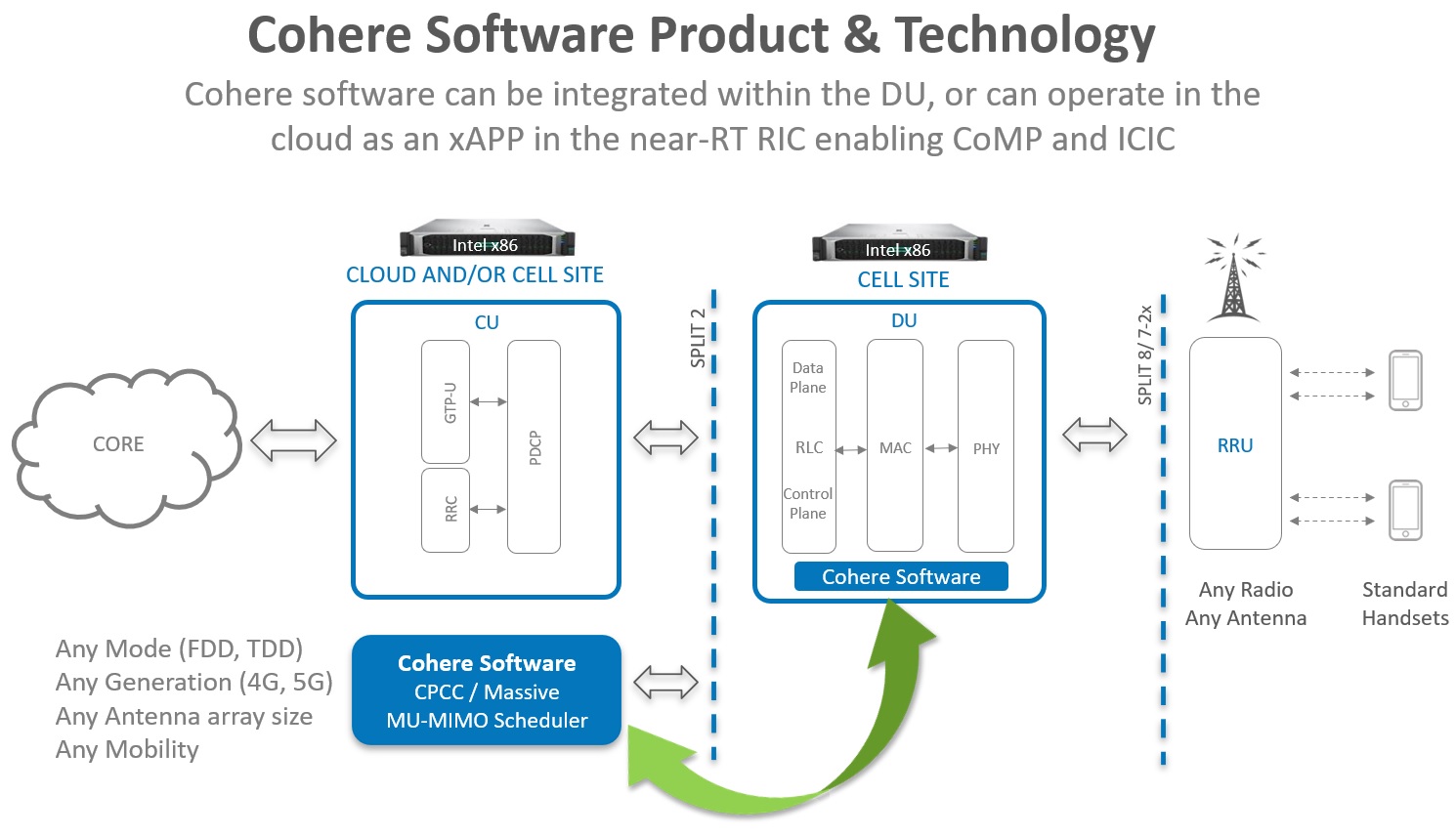
Figure 2. Spectrum Multiplier software consists of a front end and a scheduler. In this example, the Delay-Doppler computations and scheduler run on the CU while the front end in the DU tells the base station where to point a beam.
For Cohere’s software to be compatible with O-RAN standards, it must communicate with the radio unit (RU), the DU, and the CU. Dolan claims that Cohere’s software is compatible with Intel’s interfaces between software components and with O-RAN interfaces. “As open RAN comes online,” said Dolan, “we will find places for improvement and address them. Any additions that we make to the O-RAN interface standards will be submitted to the O-RAN Alliance, which will help to define the standards more fully.”
Cohere expects the software to be commercially available by the end of 2021. It’s currently in trials.


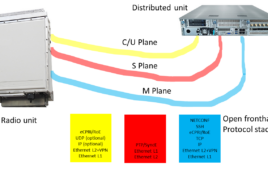
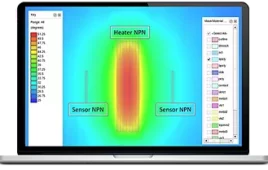
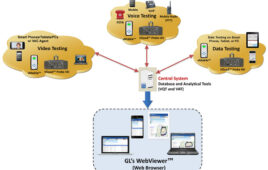
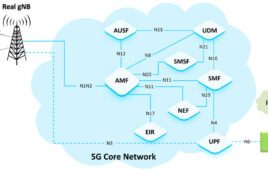
Tell Us What You Think!